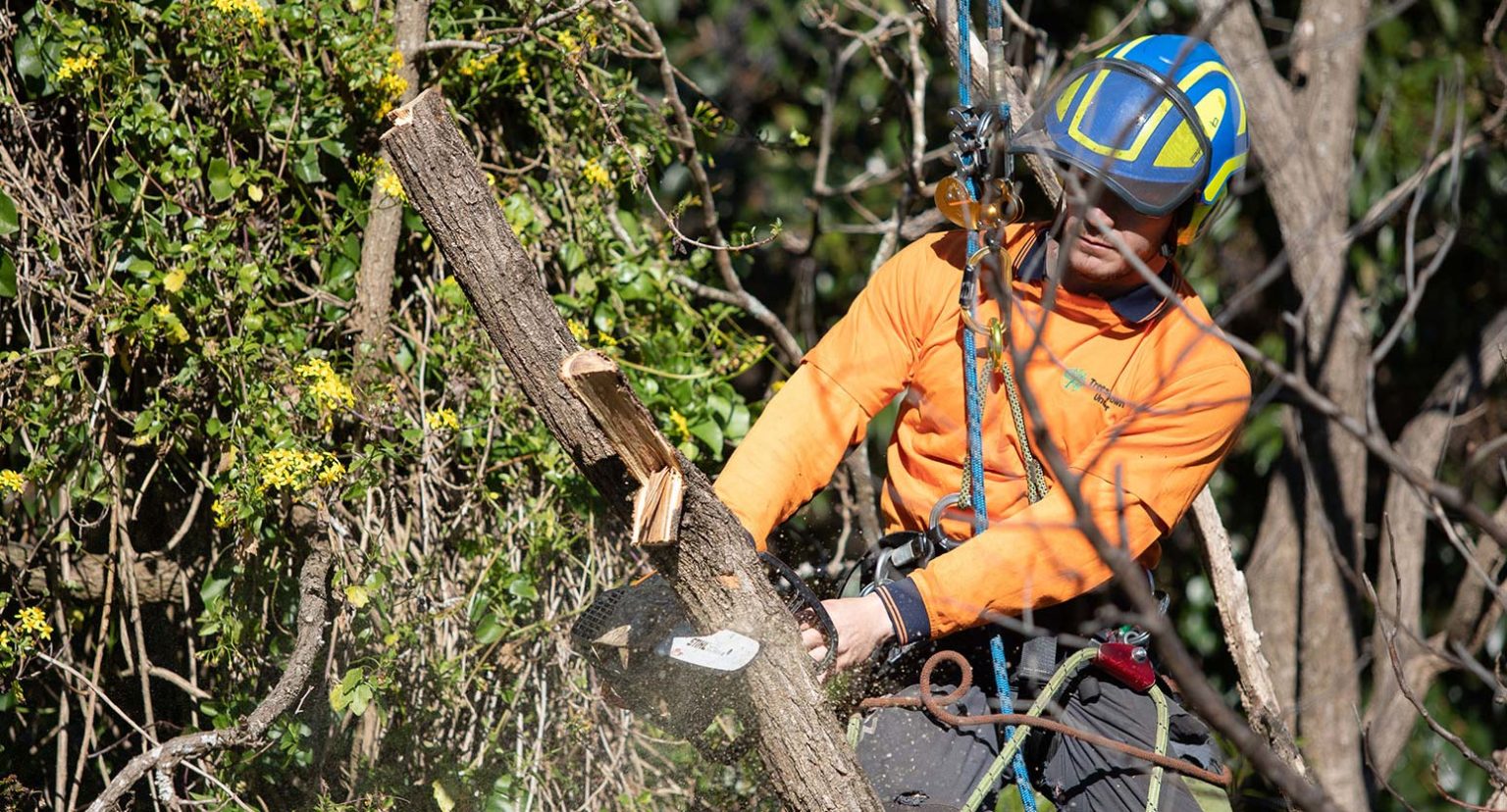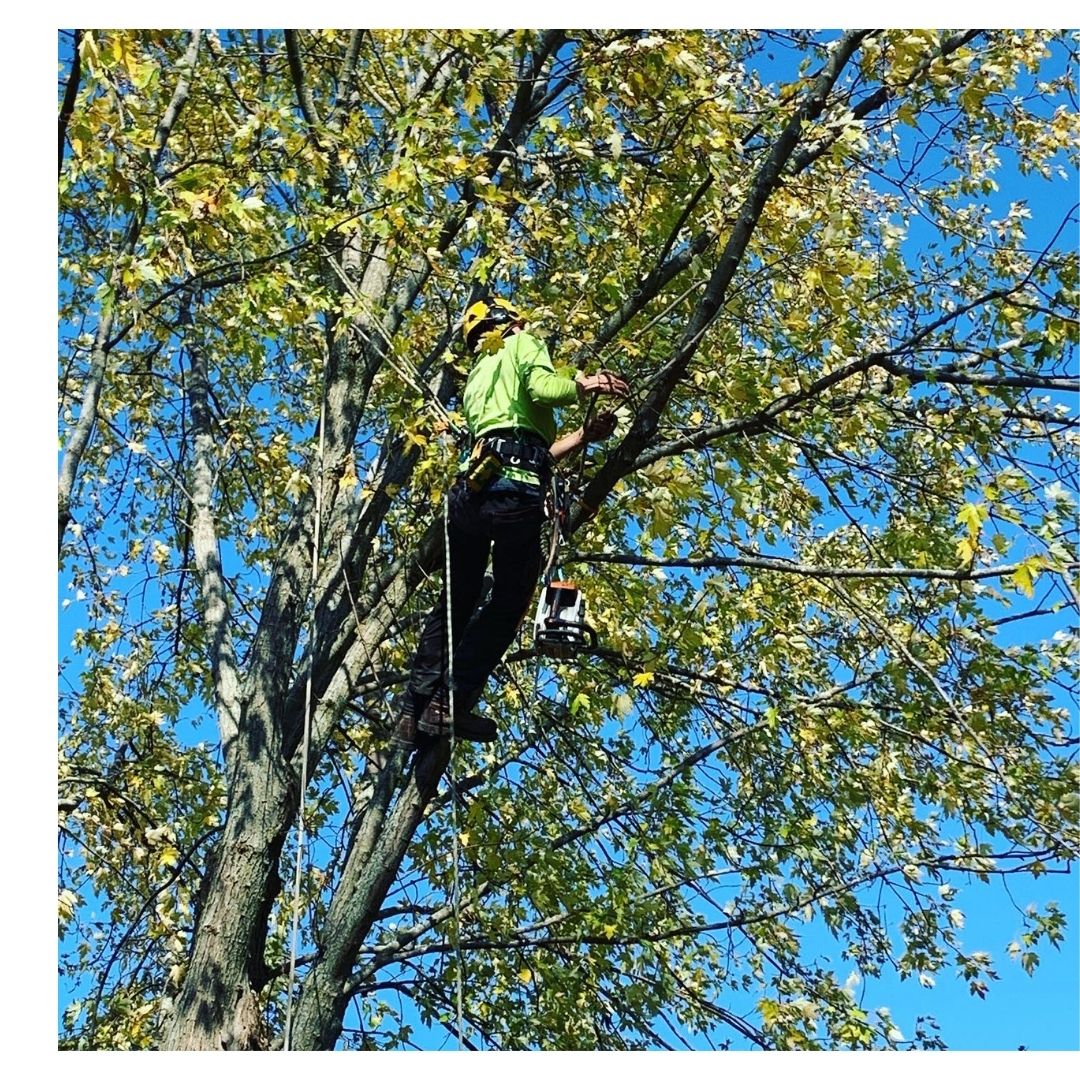Money-Saving Tips for Tree Care on a Budget
Maintaining healthy and vibrant trees doesn’t have to break the bank. While professional tree services can be costly, there are several practical and budget-friendly approaches to ensure the well-being of your trees. In this guide, we’ll explore money-saving tips for tree care that won’t compromise the health and beauty of your green companions.

DIY Pruning and Trimming
One of the most effective ways to save money on tree care is by taking the DIY approach to pruning and trimming. Invest in a quality pair of pruning shears and a pruning saw, and learn the basics of proper tree maintenance. Regularly removing dead or damaged branches not only enhances the tree’s appearance but also promotes overall health by preventing the spread of diseases.
Water Wisely
Proper watering is essential for the well-being of your trees, but it’s equally important not to overwater. Invest in a soaker hose or drip irrigation system to provide a slow, steady water supply directly to the roots. This reduces water wastage and ensures that your trees receive the hydration they need without unnecessary runoff. Additionally, water during the early morning or late evening to minimize evaporation and maximize absorption.
Mulching on a Budget
Mulching offers numerous benefits, such as moisture retention, weed control, and temperature regulation. Instead of purchasing expensive mulch, consider using organic materials like grass clippings, leaves, or wood chips obtained locally. These materials not only serve as effective mulch but also contribute organic matter to the soil as they decompose.
Composting for Nutrient-Rich Soil
Creating your compost is an excellent way to provide your trees with nutrient-rich soil without spending extra money on fertilizers. Use kitchen scraps, yard waste, and other organic materials to make compost. Apply the compost around the base of your trees to enhance soil fertility naturally. This cost-effective method not only nourishes your trees but also reduces waste.
DIY Pest Control
Pests can wreak havoc on trees, and professional pest control services can be expensive. However, there are several DIY methods to control common tree pests. Neem oil, for example, is a natural and cost-effective solution for many insect problems. Regularly inspect your trees for signs of pests, and address the issue promptly with homemade remedies before it becomes a more significant problem.
Invest in Quality Tools
While this may sound counterintuitive for saving money, investing in high-quality tree care tools can be a wise decision in the long run. Quality tools are more durable and often come with warranties, saving you money on replacements in the future. Properly maintained tools also ensure clean cuts, reducing the risk of diseases entering through wounds.
Learn to Identify and Treat Common Tree Diseases
Being proactive in identifying and treating common tree diseases can save you money on professional intervention. Educate yourself about the signs of diseases prevalent in your region and take prompt action when you notice any symptoms. Early detection and treatment can prevent the need for costly measures to save or remove a severely affected tree.
Strategic Planting
When adding new trees to your landscape, strategically choose their locations to minimize future issues. Consider the mature size of the tree, its root system, and potential interactions with structures or other trees. Planting trees in suitable locations reduces the likelihood of costly problems, such as root damage to foundations or overcrowding.
Seek Local Tree Care Resources
Many communities offer free or low-cost resources for tree care, such as mulch giveaways, tree planting programs, or workshops on tree maintenance. Check with local arborist associations, environmental organizations, or municipal services to take advantage of these opportunities to save money on tree care.
DIY Root Barrier Installation
If you’re concerned about tree roots causing damage to structures, consider installing a root barrier yourself. While professional installation can be pricey, purchasing a quality root barrier and following installation guidelines can be a cost-effective solution to protect your property from potential root-related issues.
In conclusion, maintaining healthy trees on a budget is not only possible but can also be a rewarding and educational experience. By adopting a proactive and DIY approach, you can save money while ensuring the long-term health and beauty of your trees. Remember to stay informed about local tree care resources and take advantage of opportunities to enhance your tree care knowledge. With a little effort and creativity, you can achieve a thriving tree canopy without breaking the bank.


